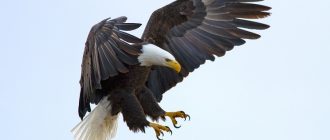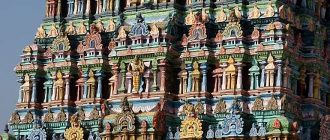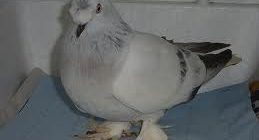Looking for an Indian ringneck pet bird? Learn more about the admirable and talkative Indian ringnecks…
Indian ringnecks are highly admired and sought after parakeets across the world. This bird is often called the noble parakeet. These large birds are admired for their beautiful forms and intelligence.
They are very easy to breed and can actually be trained quickly. What is most desirable in this species is their ability to talk and handle a sizable vocabulary.
The species is named the Psittacula krameri, and has a small rose colored ring around its neck which in turn resulted in it being named the rose ringed parakeet also. This species has four identified subspecies.
People all over the world are fond of this bird as it is low maintenance and friendly with all age groups. The striking green color and rippling muscular body is a sight for sore eyes. The bird in short flight looks vivacious and lively. In fact Indian ringnecks can be bred in a variety of fascinating colors.
Personal Characteristics of the Parakeet
These birds have a lot of energy and love to play with items like balls and ropes; they are continuously flitting from here to there and can be trained to learn a number of tricks. It is best to keep them in a roomy cage to allow them maximum mobility.
However, some people like to keep them in their living room but beware, they are fond of using their beak to check out and chew everything from the sofa to a CD!
Keep their cages fresh and clean them on a daily basis. They are messy so the food and water bowl will require daily refreshing to keep them clean and the living space clean, hygienic and healthy.
Availability of the Indian Ringneck
The rose ring parakeet and the African ringneck are the most commonly distributed varieties of the Psittacula krameri manillensis. They are spotted in droves throughout Asia in countries like India and China and in parts of Africa too. In fact they are now considered native to countries like Nepal, Tibet and even Ceylon.
Indian ringnecks are native to Ceylon and that is their country of origin. Its cousin, the African parakeet is native to Western Africa and the South of Sudan.
Physical Characteristics of the Indian Ringnecks
Indian ringnecks have a well defined stripe running in the chin region or a rose colored collar around the head in the male gender. The basic color of the parakeet is bright green which is lighter on the chest region. The back of the head often has a bluish tinge to it. In the center of the tail, the feathers become blue and have yellow greenish ends while the feathers on the edge are green. The upper mandible is reddish orange while the lower one is black.
In immature males and in all females there is no collar ring or chin stripe or blue head tint. The plumage for adults is acquired at the age of three years by which time the parakeet has had two complete molts. They are generally 16” in length at adult hood.They can be fed seeds, fruits, chilies and millet grains. But the domesticated versions are known to eat chicken and other foods enjoyed by humans.





